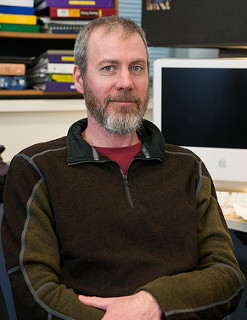March 8, 2016

Rodents of unusual appetites
How food cravings and eating affects the brain By Jennifer Lu | MU Bond Life Sciences Center When it comes to cookie dough, we’re not the only ones who can’t control our cravings. Kyle Parker’s rats couldn’t resist, either, thanks to a tweak in their brain chemistry. Parker studies the neuroscience of food-based rewards. Matthew Will, associate…